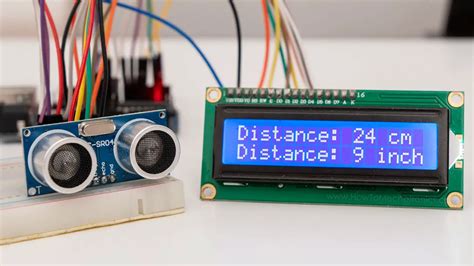
ALL ABOUT FLEX PCB
-
 Read more: Arduino Ultrasonic Sensor-A Complete Guide on HC-SR04
Read more: Arduino Ultrasonic Sensor-A Complete Guide on HC-SR04Introduction to Arduino Ultrasonic Sensor The Arduino Ultrasonic Sensor, specifically the HC-SR04 model, is a popular choice among hobbyists and professionals alike for its ability to accurately measure distances using high-frequency sound waves. This sensor is widely used in various applications, such as robotics, automation, and object detection systems. In […]
-
Power Supply Bypassing of the PCBs
Posted by
–
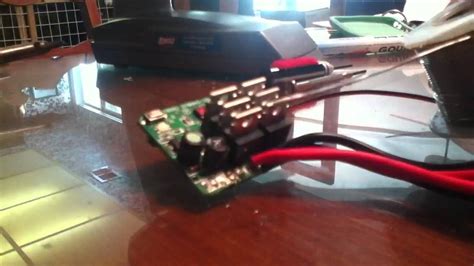 Read more: Power Supply Bypassing of the PCBs
Read more: Power Supply Bypassing of the PCBsWhat is Power Supply Bypassing and Why is it Important? Power supply bypassing, also known as decoupling, is a crucial technique used in printed circuit board (PCB) design to ensure stable and clean power delivery to electronic components. The primary goal of power supply bypassing is to reduce noise and […]
-
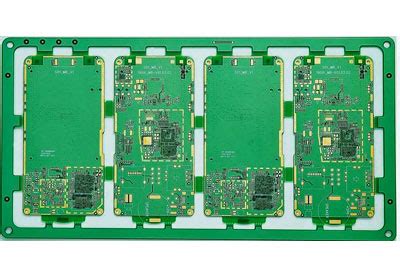 Read more: Take You To A Comprehensive Understanding of Type of Circuit Board
Read more: Take You To A Comprehensive Understanding of Type of Circuit BoardIntroduction to Circuit Board Types A circuit board, also known as a printed circuit board (PCB), is the backbone of modern electronic devices. It is a flat board made of insulating material, such as fiberglass or plastic, with conductive tracks, pads, and other features etched from copper sheets laminated onto […]
-
 Read more: Flick HAT: Gesture HAT for Raspberry Pi and 3D Tracking
Read more: Flick HAT: Gesture HAT for Raspberry Pi and 3D TrackingIntroduction to Flick HAT Flick HAT is an innovative gesture recognition and 3D tracking add-on board designed specifically for the Raspberry Pi. Developed by Pi Supply, Flick HAT enables users to interact with their Raspberry Pi projects using intuitive hand gestures and track objects in three-dimensional space. This compact and […]
-
How Capacitors Works- All You need to Know
Posted by
–
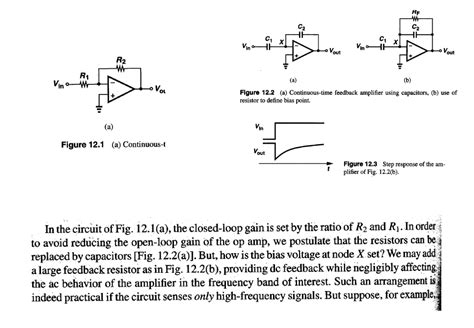 Read more: How Capacitors Works- All You need to Know
Read more: How Capacitors Works- All You need to KnowWhat is a Capacitor? A capacitor is a passive electronic component that stores electrical energy in an electric field. It consists of two conducting plates separated by an insulating material called a dielectric. When a voltage is applied across the plates, an electric field develops across the dielectric, causing positive […]
-
 Read more: What Is The Difference Between Solder Mask And Solder Paste
Read more: What Is The Difference Between Solder Mask And Solder PasteSolder Mask vs Paste: Understanding the Key Differences When it comes to printed circuit board (PCB) manufacturing, two important materials often come into play: solder mask and solder paste. While they may sound similar, they serve distinct purposes and have unique characteristics. In this article, we will delve into the […]
-
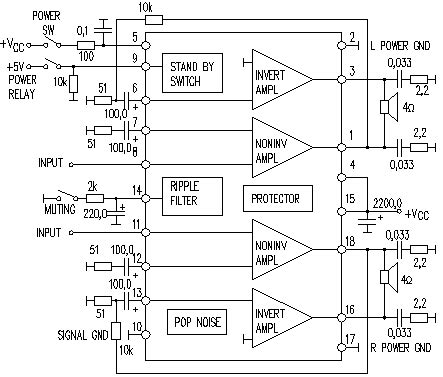 Read more: LM1875: A Comprehensive Guide on Audio Amplification
Read more: LM1875: A Comprehensive Guide on Audio AmplificationIntroduction to Audio Amplification Audio amplification is the process of increasing the power and amplitude of audio signals to drive speakers or headphones. It is a crucial aspect of any audio system, whether it’s a home theater, a car stereo, or a professional sound reinforcement setup. The LM1875 is a […]
-
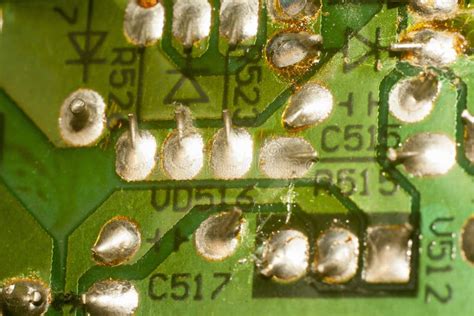 Read more: Insufficient Solder: What It Is and What to Do About It
Read more: Insufficient Solder: What It Is and What to Do About ItWhat is Insufficient Solder? Insufficient solder refers to a situation where there is not enough solder present to create a strong and reliable connection between electronic components and the printed circuit board (PCB). When the amount of solder is inadequate, it can lead to weak or incomplete joints, which can […]
-
Kapton PCB- A Comprehensive Guide
Posted by
–
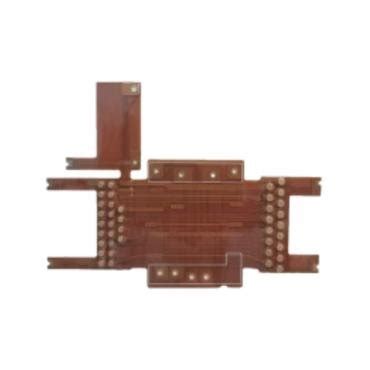 Read more: Kapton PCB- A Comprehensive Guide
Read more: Kapton PCB- A Comprehensive GuideIntroduction to Kapton PCB Kapton PCB, also known as polyimide PCB, is a type of printed circuit board that utilizes Kapton as the base material. Kapton is a polyimide film developed by DuPont that possesses exceptional thermal, mechanical, and electrical properties. These characteristics make Kapton PCBs ideal for applications that […]
-
SMT stencil and Laser Stencil
Posted by
–
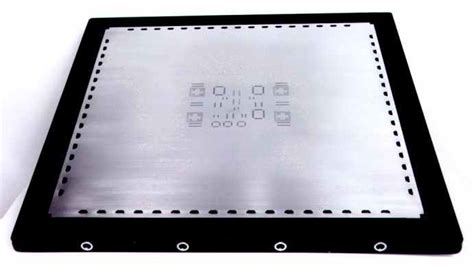 Read more: SMT stencil and Laser Stencil
Read more: SMT stencil and Laser StencilIntroduction to SMT and Laser Stencils Surface Mount Technology (SMT) has revolutionized the Electronics Manufacturing industry by enabling the production of smaller, faster, and more reliable electronic devices. One of the critical components in the SMT Assembly process is the stencil, which is used to apply solder paste onto the […]




